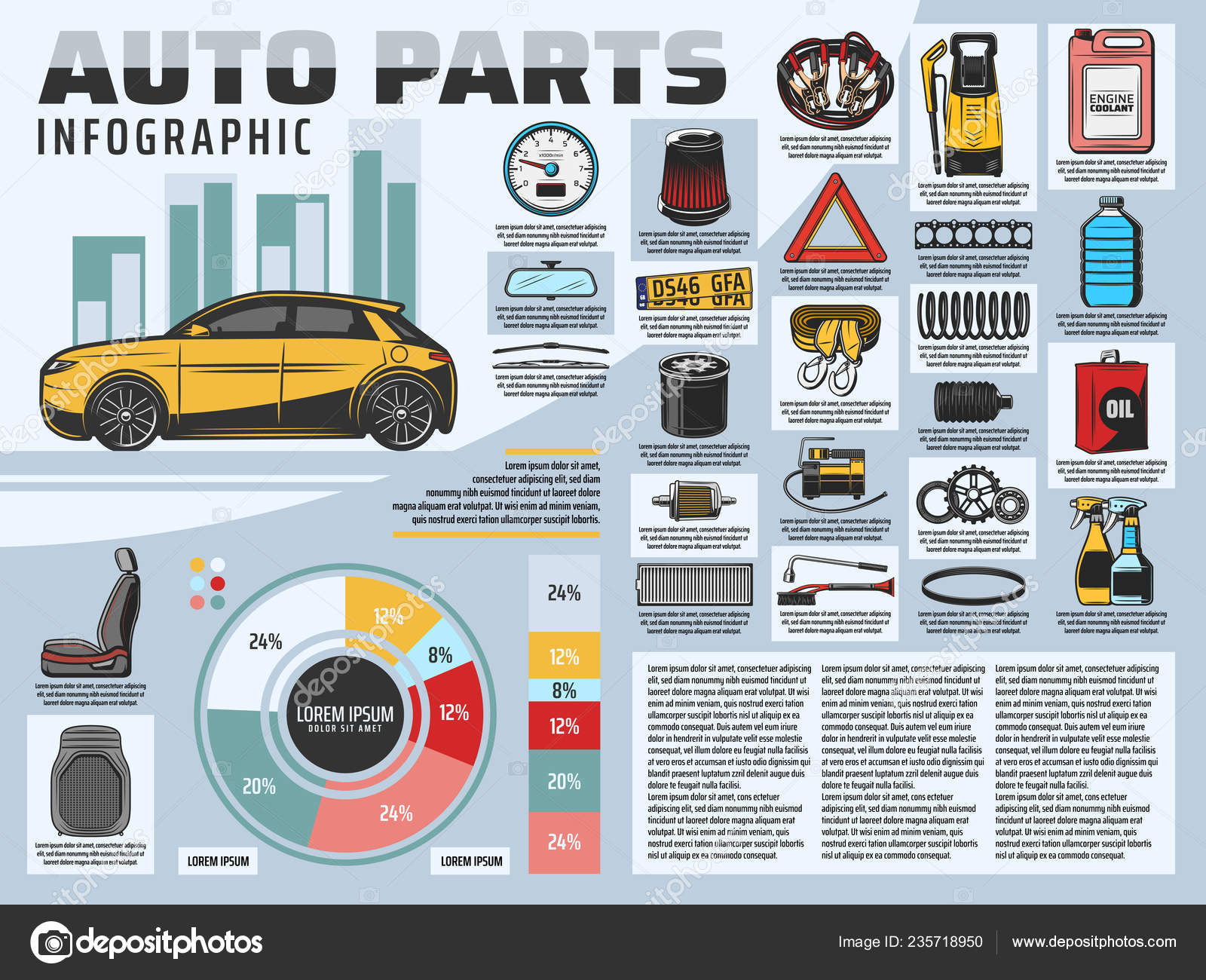Interpreting Your Auto'S Alert Lights: Their Real Implications
Interpreting Your Auto'S Alert Lights: Their Real Implications
Blog Article
Article Created By-Boye Shepherd
When you're behind the wheel, those radiant caution lights on your dashboard can be a bit perplexing. Do you recognize what they're attempting to tell you concerning your automobile's health? Understanding the relevance of these lights is vital for your safety and security and the longevity of your car. So, car interior and exterior cleaning among those lights pops up, wouldn't you intend to analyze its message precisely and take the needed actions to resolve it?
Common Caution Lights and Interpretations
Identify common caution lights in your auto and recognize their significances to guarantee risk-free driving.
The most common warning lights include the check engine light, which signals issues with the engine or emissions system. If this light comes on, it's important to have your automobile checked immediately.
cardeepcleaning alerting light suggests low oil stress, calling for immediate attention to stop engine damages.
A blinking battery light could suggest a defective charging system, possibly leaving you stranded otherwise resolved.
The tire stress tracking system (TPMS) light alerts you to low tire pressure, affecting lorry security and gas efficiency. Overlooking this could bring about harmful driving conditions.
The ABS light suggests a trouble with the anti-lock stopping system, endangering your ability to quit rapidly in emergency situations.
Last but not least, the coolant temperature level advising light warns of engine overheating, which can result in extreme damages otherwise fixed quickly.
Recognizing these common warning lights will aid you deal with problems quickly and keep safe driving conditions.
Relevance of Prompt Interest
Understanding the typical caution lights in your auto is only the primary step; the significance of quickly attending to these warnings can not be stressed sufficient to ensure your security when driving.
When a warning light illuminates on your control panel, it's your automobile's method of communicating a prospective issue that requires focus. Neglecting these cautions can result in a lot more severe troubles down the road, endangering your safety and possibly costing you more in repairs.
Trigger focus to alerting lights can stop break downs and crashes. For example, a flashing check engine light might suggest a misfire that, if left neglected, might trigger damages to the catalytic converter. Resolving this immediately can save you from an expensive repair service.
In a similar way, a brake system warning light might indicate low brake liquid or used brake pads, critical parts for your safety when driving.
DIY Troubleshooting Tips
If you notice a caution light on your control panel, there are a few do it yourself troubleshooting pointers you can attempt before looking for expert assistance.
The initial step is to consult your auto's handbook to comprehend what the details caution light indicates. Occasionally the problem can be as simple as a loosened gas cap triggering the check engine light. Tightening the gas cap might settle the problem.
An additional usual issue is a low battery, which can cause various cautioning lights. Examining the battery connections for corrosion and ensuring they're secure could fix the trouble.
If a warning light persists, you can attempt resetting it by detaching the car's battery for a couple of mins and after that reconnecting it. Furthermore, examining your vehicle's liquid degrees, such as oil, coolant, and brake fluid, can assist troubleshoot advising lights related to these systems.
Conclusion
Finally, comprehending your vehicle's caution lights is necessary for maintaining your automobile running efficiently and securely. By quickly attending to these signals and knowing what they mean, you can stay clear of pricey repair services and potential break downs.
Bear in mind to consult your cars and truck's manual for particular information on each cautioning light and act as necessary to make certain a hassle-free driving experience.
Stay notified, stay safe when traveling!
